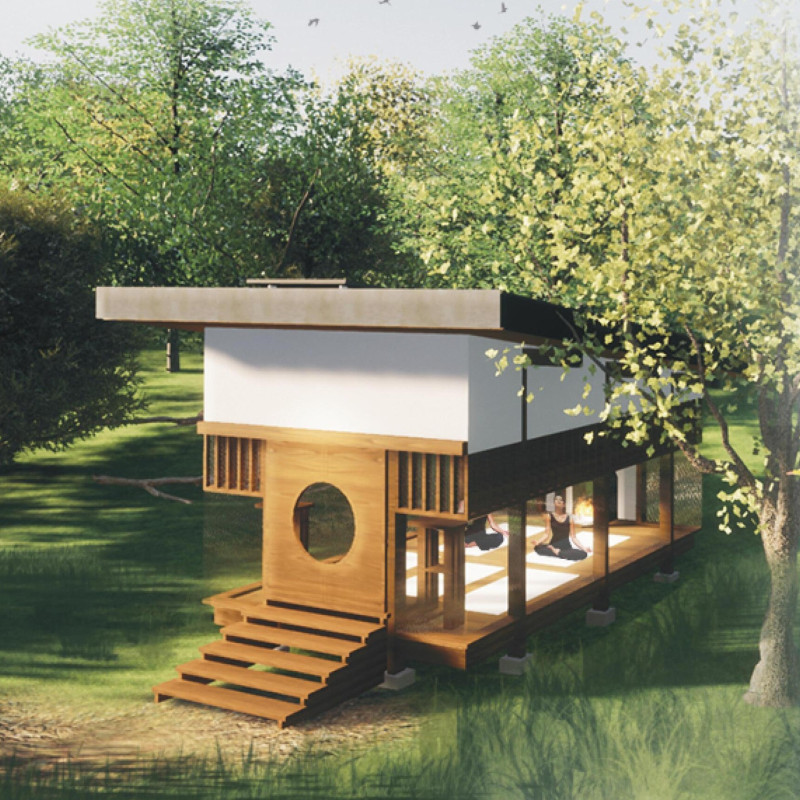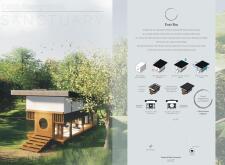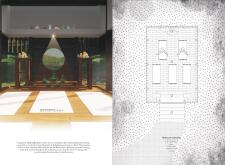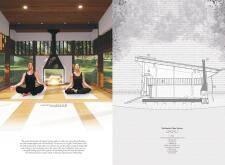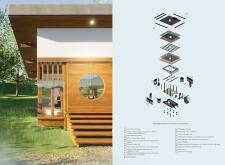5 key facts about this project
The Earth Energies NZ Sanctuary is located in the countryside of New Zealand and serves as a wellness retreat focused on meditation and self-reflection. Occupying a 200-acre farm, this location is designed to foster a strong connection with nature. The main concept revolves around creating a peaceful space that encourages inner exploration and personal growth. At the heart of this retreat is a meditation cabin designed to integrate easily with its surroundings while emphasizing ecological sustainability.
Meditation Cabin Design
The meditation cabin is inspired by Japanese Zen principles, embodying the concept of the Ensō, which represents completeness and enlightenment. The circular layout fosters both solitary meditation and a sense of community among those who visit. This thoughtful arrangement promotes a calming atmosphere, allowing individuals to engage deeply with their thoughts while connecting with the natural environment.
Structure and Materials
The cabin features a flat roof elevated on stilts, which minimizes the impact on the land and prevents flooding. This design choice allows for clear views of the landscape and brings in ample natural light. Local materials are an essential aspect of the project. Concrete blocks provide a solid foundation, ensuring stability. The cabin's wooden framework, sourced from the region, supports the retreat's sustainable focus and aligns with local building traditions.
Interior Configuration
Inside the cabin, spaces are carefully arranged to enhance meditation and reflection. An altar serves as a focal point, contributing to a serene atmosphere. A fireplace adds warmth, making the space comfortable throughout the year. Insulated wooden walls help maintain a pleasant indoor climate, supporting energy efficiency while providing comfort to users.
Environmental Integration
The design takes into account the local environment, including features that optimize rain and wind flow. Additionally, the cabin’s orientation allows for better solar exposure, and the integration of solar panels contributes to overall sustainability. This focus on environmental harmony not only enhances the functionality of the cabin but also strengthens the connection between users and nature.
The meditation cabin stands as a thoughtful combination of form and function. Its circular shape sits comfortably in the landscape, creating a quiet place for visitors to engage with themselves and the surrounding natural beauty.


